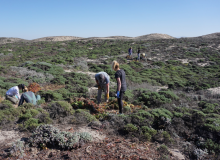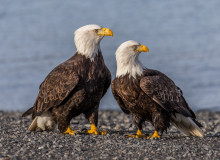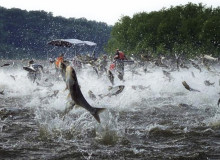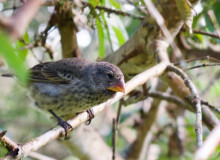invasive species
Planet Forward Correspondent | Middlebury College
By proactively addressing the presence of invasive species, one zip line company in New Zealand is showing how ecotourism is done right.
Planet Forward Correspondent | Texas Tech University
Controlling invasive species can be costly and time-consuming. Watch this video to learn how including them on your plate could be a viable way to manage and even reduce populations.
Middlebury College
The invasive ice plant can be seen as a metaphor for the components of climate change, from the unbalanced way climate effects different groups to the pervasiveness of the climate crisis in everything we do.
Middlebury College
In the face of the widespread presence of the ice plant along hundreds of miles of coastline, is there any hope that the California coastal ecosystem could ever be returned to its natural state?
George Washington University
Scientists recently identified an infectious cyanobacterium as the origin of vacuolar myelinopathy, a lethal neurological disease in wildlife.
George Washington University
Invasive species don't follow shelter in place orders like the officials tasked with containing them. For the Midwest's invasive Asian carp, the effects of halting prevention measures range from not too bad to detrimental.
SUNY-ESF
This podcast looks at how a change in our perception of landscapes has the potential to increase biodiversity and reduce the spread of invasive species, such as the destructive emerald ash borer.
University of Arkansas
"Plasticus Vastum" affects all of our lives, every day, and it is spreading across the Earth at rates unmatched by nearly any other species.
Planet Forward Senior Correspondent | Reed College
Student scientist Vicki Deng, from Reed College, continues our Galápagos series with a piece about the invasive threats to Darwin's famous finches — and the action plan to help save them.
George Washington University
Next in our Galápagos series, GW's Henry Becker discusses invasive species eradication programs — both the successes and their pitfalls — and explores the controversial topic of biological control.

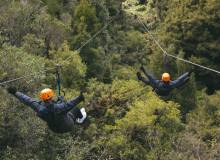
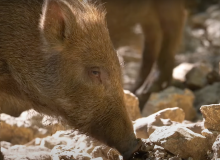
 (1).jpeg%3Fitok=1splj-bf)
